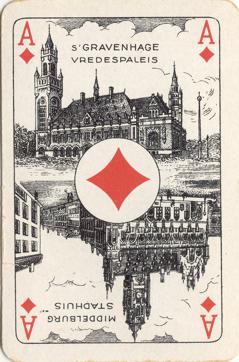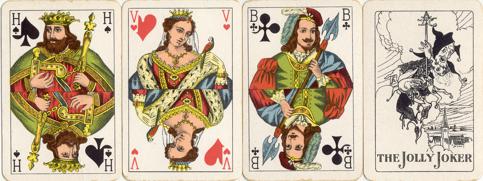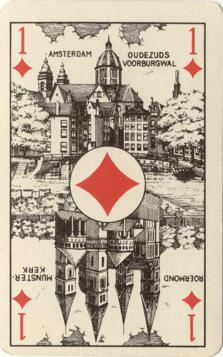There have been
many other decks with photographic or drawn scenic aces, but those decks were
published for advertising purposes and the aces usually show buildings, products
or activities of the company, that advertises itself on the backs and box.
Although some come close, they are not within the scope of this article.
The
first deck here below was made by La Turnhoutoise from Turnhout, Belgium,
in the 1950's. This company was taken over by the N.V. Fabrieken Brepols from
Turnhout in 1960. The N.V. Fabrieken Brepols
was one of the three companies, that decided to join their playing card
divisions and formed Carta Mundi in 1970. The other two companies were N.V.
Etablissementen A. Van Genechten and N.V. Léonard Biermans.
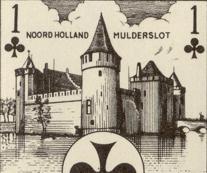 |
At
the same time a mistake was set straight: Mulderslot was corrected to
Muiderslot and the "French" numbers on the aces were changed
into A's. |

|
 |
This
deck probably dates from the later 1980's. Published as Nr. 201
(Canasta/Bridge), the familiar Dutch pattern was accompanied by a
set of Dutch scenic aces, that hadn't been used before. It's a
rather special set of aces, as they are -as far as we can tell- the
only designs that originally belonged to the Speelkaartenfabriek
Nederland and now used by Carta Mundi. Not long after Van Genechten
had taken over SN in March 1970, Carta Mundi was founded. They
are still the rightful owners of all the SN designs, but have never
really used any of them, except for this set of aces. |
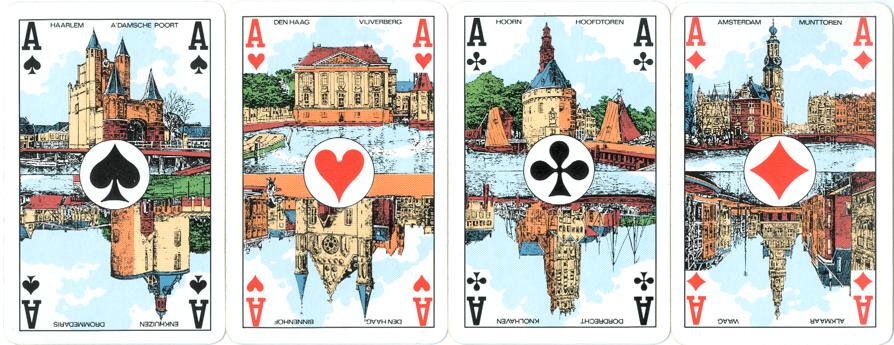 |
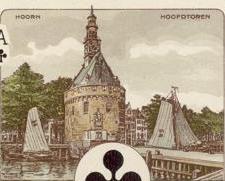 |
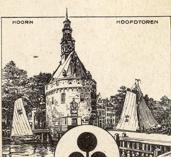
|
 |
To
compare:
The first image is from a SN Fortuna deck, that was specially
commissioned by the Royal Dutch Lloyd, probably in the early 1920's.
The second is from the Nieuwe Dietsche Kaart, which was published by
SN in 1932. |
|
(for these two complete sets of aces, see page
SN 13-15) |
|
|
As
we've shown you, the Dutch people have inadvertently become accustomed to this
Belgian "Dutch" pattern since the 1920's. Although other patterns
too have been introduced here since then, during the following decades the
Dutch pattern was produced by almost every Belgian card manufacturer for
export to the Netherlands. It therefore shouldn't be a surprise that after the
demise of our indigenous card production in 1969 the Dutch have -without any
problem- "adopted" this pattern and the fact that it was accompanied
by scenic aces. Our Belgian neighbors had already dealt us these cards for
more than half a century. Although the Belgian manufacturers have held the
largest part of the Dutch market for many decades, their decks were usually
aimed at the general public and made in larger quantities. However,
decks have also been imported from other neighboring countries and those decks
were mostly of a higher quality than the Belgian decks.
previous
or next




